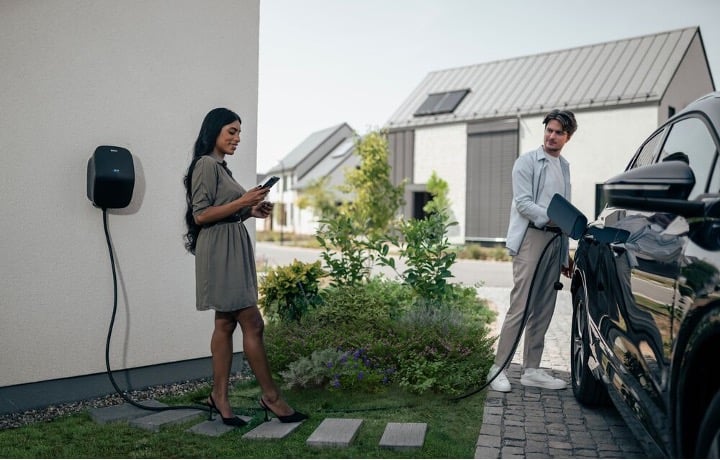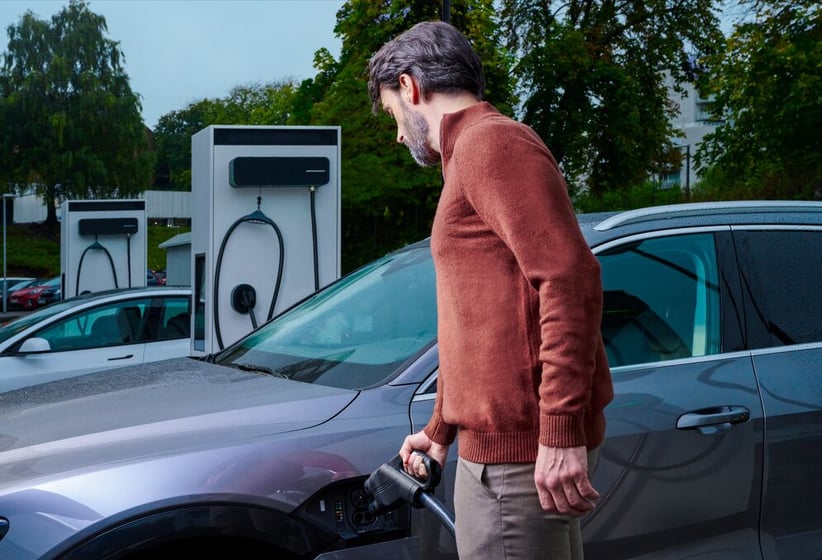
The difference between Level 1, Level 2, and Level 3 charging
Today, there are three types of EV charging—Level 1, Level 2, and Level 3—which EV drivers can choose from. Level 3 charging, also referred to as fast charging or DC charging, is the most powerful, allowing some EVs to be charged in as little as 15 minutes.
The three different levels of EV charging all come down to the power output which flows from the charging station. The power output, in turn, has a direct relationship with charging times. The higher the output, the faster the charge. Similarly, the higher the level, the higher the power output. Here’s a brief overview of the three different levels of EV charging:
Level 1 charging
Level 1 charging is the slowest (and unsafest) way to charge an electric vehicle and is almost exclusively reserved for charging without a charging station. As Level 1 charging works by plugging an electric vehicle into your regular wall outlet, the maximum output for Level 1 charging stations is between 1.3 kilowatts (kW) and 2.4 kW, or the equivalent of approximately 3-5 miles (6 to 8 kilometers) an hour.
Level 2 charging
A Level 2 charging station can charge an EV faster than Level 1, delivering between 7.4 and 22 kW of power to a vehicle. These charging stations are commonly found in public parking lots and are a great option for businesses offering EV charging or electrifying their fleet. Home EV charging stations are also Level 2 chargers. At the maximum output of 22 kW, an hour’s charging will provide roughly 75 miles (120 km) distance.
Level 3 charging
Level 3 charging stations are the fastest on the market today. Able to deliver between 50 kW and 400 kW power, charging for one hour with a Level 3 charging station can add between 173 miles (278 km) and 298 miles (480 km) range, depending on the power output.
For more details on the differences between the three levels of EV charging before we get into Level 3 charging, check out this blog explaining EV charging levels.

Level 3 charging, rapid charging, fast or ultra-fast charging, or DC charging?
Because electric mobility, particularly the charging infrastructure industry, is evolving so rapidly, you can often find many different terms floating around.
Confusing as it may be for drivers, many of these terms mean the same thing. What some may call Level 3 charging, others may call DC charging, quick charging, fast, or even ultra-fast charging or rapid charging.
Essentially, all of the above terms refer to charging stations that convert the current from alternating current (AC) to direct current (DC) before it reaches the vehicle—but more on that in a bit.
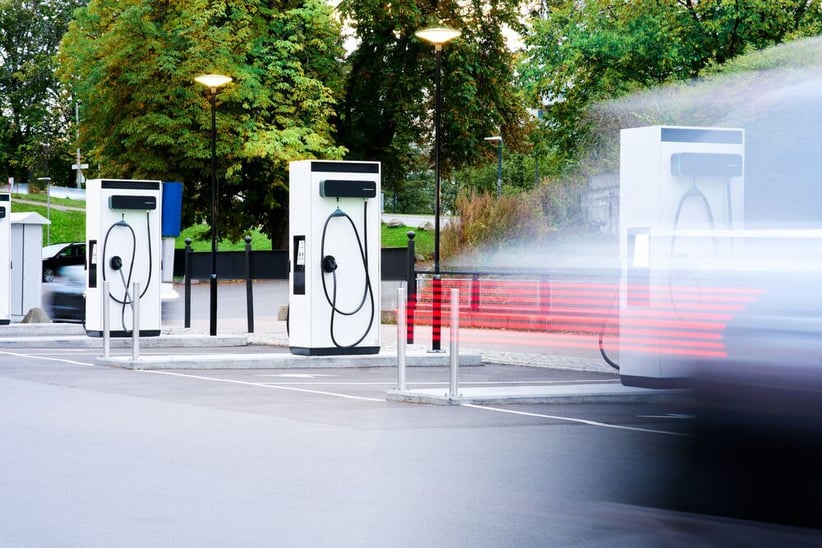
What is Level 3 EV charging?
When it comes down to it, Level 3 EV charging is the fastest of the three currently available levels for EV drivers. Depending on the power output, a Level 3 charger can charge an EV in minutes compared to the hours it takes for both Level 1 and 2 chargers.
For instance, at the highest power output, a Level 3 charger can charge an EV to 80 percent anywhere between 15 and 60 minutes. To find out more about how fast Level 3 charging stations are and the different factors that affect charging speed, we wrote another article exploring exactly that.
Thanks to the fast speeds it unlocks, Level 3 charging is perfect for short stops along highways, inner-city charging on the go, commercial businesses like gas stations, and business fleets like taxis or delivery vehicles.

How do Level 3 charging stations work?
To understand how Level 3 charging works, it’s important to understand the different types of electrical current.
- The power from the grid is always alternating current (AC)
- EV batteries only accept direct current (DC)
These two factors mean that at some stage, the current must be converted from AC from the grid to DC to be stored in an EV’s battery.
With Level 1 and Level 2 charging, the conversion (from AC to DC) happens in the vehicle itself via an onboard charger. With Level 3 charging, the transformation happens before the power reaches the vehicle, bypassing the slower onboard charger and feeding directly into the vehicle’s battery. Whilst Level 3 chargers come in many shapes and sizes, they all have one thing in common: the conversion happens outside the vehicle.
And as a result of the current already being converted by the time it reaches the vehicle, Level 3 charging stations can deliver power at higher speeds and are significantly faster than either Level 1 or Level 2 charging.
How much does it cost to charge an EV with Level 3 charging?
Generally speaking, Level 3 charging will always be more expensive than Level 1, and Level 2 charging, and at the time of writing this article the average price for a full Level 3 charging session lies somewhere between $25 and $50.
When you opt for Level 3 charging, you’re partly paying for the convenience of charging your electric car extra fast. You’re also paying for the investment by the charge point operator in the infrastructure, which is usually significantly higher than Level 1 and 2 charging.
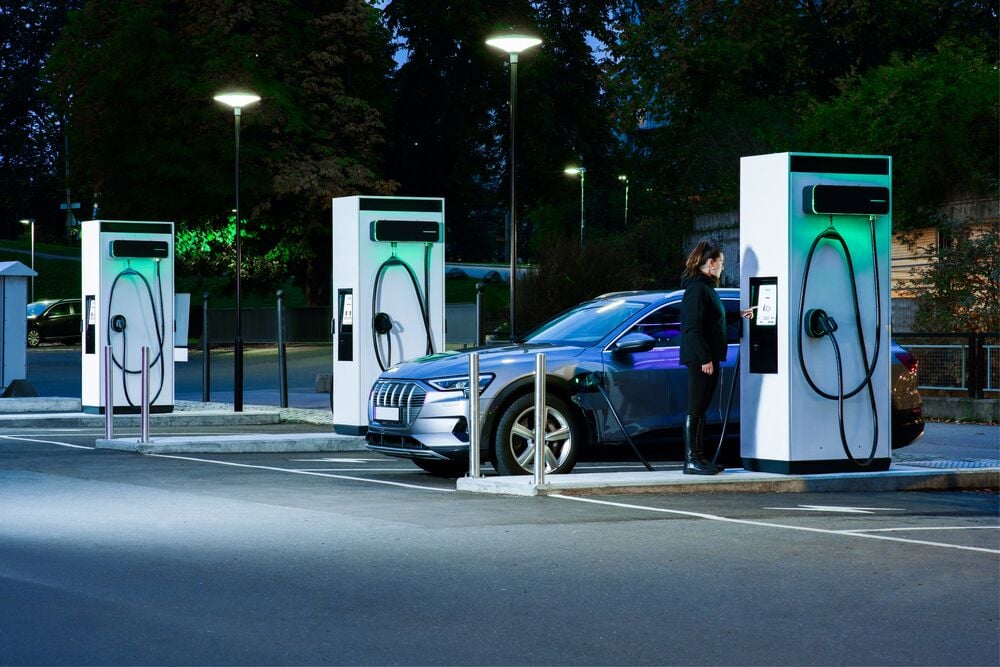
How much you pay exactly depends on many different factors: Where are you charging? Are you being billed by kWh, by the minute, or maybe even a combination of both? Do you have to pay for a membership, or are you paying as you go?
Making the most out of Level 3 charging comes down to balancing price and convenience and knowing what’s best for your vehicle. For instance, many EVs have a maximum charging capacity in terms of how many kW the battery can take.
Regardless of how fast the Level 3 charging station is, it will only deliver as much power to your car as it can handle. So, if your vehicle's maximum DC charging capacity is 50 kW, and you're using an ultra-fast Level 3 charging station (350 kW) and paying by the minute, you’ll be paying extra for the same range.
Ultimately, Level 3 charging is more expensive than Level 1 and Level 2 charging, however, if it’s convenience you’re after, then the benefits can often outweigh the costs. Take a look at our comprehensive article to learn more about how to use a Level 3 charging station here.

Can any EV use a Level 3 charger?
Level 3 charging works with almost all modern EVs. How much power each vehicle can handle, however, differs greatly and depends on the battery.
While some batteries can take up to 350 kWh, others can only accept 50 kW. There are a few vehicles equipped with smaller batteries or older models, such as the Smart EQ Fortwo, for example, that are not suitable for Level 3 EV charging.
Although Tesla owners have their own Level 3 chargers dubbed “Superchargers”, they can also use Level 3 chargers, though certain models must use an adaptor.
You can check your vehicle’s battery capacity and maximum charging power here.
Level 3 charger at home
Can you install a Level 3 charger at home? Unless you have an industrial-grade electricity connection at your house, the answer is no. To achieve the speeds needed for fast charging, Level 3 chargers need extremely high-powered current, up to 350 kW – by contrast, the average US home only consumes 30 kWh per day.
The major benefits of Level 3 charging stations lend themselves to being used in public and commercial settings, for quick top-ups rather than daily charging.
Due to both their price—which is significantly higher than a Level 1 or Level 2 charger—and their complexity, Level 3 fast charging stations aren’t suited for home installation.
Level 2 EV charging stations very much are. You can find more information on home charging stations here.
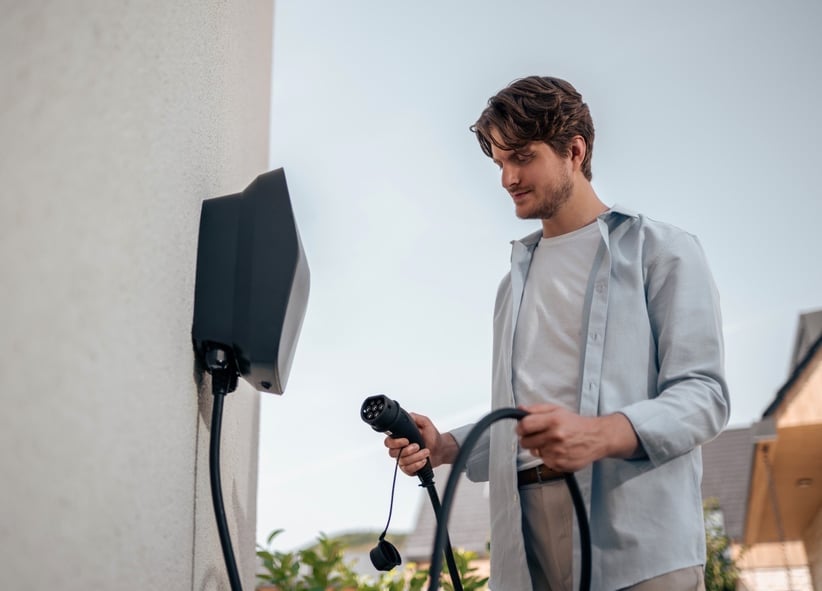
What Level 3 charging means for electric mobility
As electric vehicles become more affordable and their performance more comparable to gas cars, their uptake is exploding year-on-year. To accelerate the mass adoption of electric mobility, the charging experience should be as quick and convenient as a visit to the gas station.
While the majority of EVs are capable of charging in under an hour using Level 3 charging, and new fast chargers are unlocking even more power with up to 400 kW charging, there remains more to be done to make Level 3 charging as available, accessible, and ubiquitous as gas stations.
According to our research, one of the main factors standing in the way of potential EV drivers purchasing an electric vehicle is range anxiety—the fear of not being able to charge when you need it.
The rollout of Level 3 charging stations will undoubtedly make fast charging more accessible for EV drivers and put range anxiety to rest. As this technology continues to become more accessible, many forecast electric mobility to take over in the next few years.










